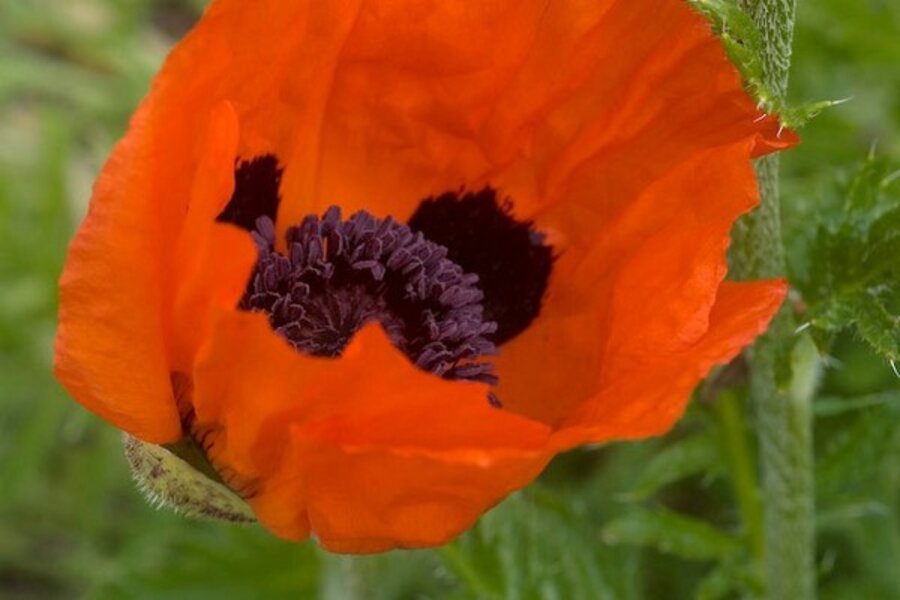When to divide perennials
Loading...
The traditional advice is to divide spring-flowering hardy perennials in fall, fall-flowering perennials in spring.
That works fine for the most part, but winter comes early in my New England garden and gives divisions little time to reestablish themselves. So I like to divide perennials in spring. It’s the season when I may have less time, but when both the plants and I are most energetic.
Warm-weather gardeners [PDF] may be on slightly different schedules than we are in Vermont, but North or South, East or West, all divisions require a bit of pampering until their roots can take hold.
One warning accompanies dividing in spring: Some perennials, especially those that bloom in spring or very early summer, may not flower the first season after being divided. I sometimes wait on those plants and divide them after they stop blooming.
Do the plants really need dividing?
Dividing perennials is a drain on my time and energy, so I don’t do it unless the plant needs rejuvenating, it has outgrown its space, or I want more plants. I know when I’m up for the job: an overcast day when I can dig, divide, and replant before nightfall.
It’s equally important to recognize plants’ signals that it’s time to divide. Plants with fewer or small flowers, plants that have lost vigor, plants that flop open at the center, plants with dead centers — all are signs that a perennial needs to be divided.
Some perennials — gooseneck loosestrife (Lysimachia clethroides) is a good example — spread so aggressively that I have to rein them in almost every year. And many vigorous perennials, such as New York asters (Aster novi-belgii), garden phlox (P. paniculata), and sneezeweed (Helenium autumnale), need frequent renewal and control, every three or four years in my garden.
But in my experience, most perennials don’t need to be divided as often as the experts claim. Garden references, for instance, declare that astilbe (Astilbe x arendsii) and tickseed (Coreopsis grandiflora) need dividing every year or two. My tickseeds need dividing only every five or six years, and I haven’t touched my astilbes in two decades.
The bottom line is that if plants are healthy, blooming well, and staying in bounds, leave them alone.
Perennials that rarely need dividing
Frankly, I don’t have time to divide the same plant every two years. If you don’t either, choose perennials that rarely require division. Hostas (Hosta cvs.), peonies (Paeonia cvs.), and balloon flower (Platycodon grandiflorus) are among the perennials that can go a decade or longer without being divided or crowding their neighbors.
Even better, some perennials, such as butterfly weed (Asclepias tuberosa), oriental poppies (Papaver orientale), and Russian sage (Perovskai atriplicifolia), are so difficult to divide that it’s probably foolish to try. A good list of these Do-Not-Divide plants is at the website of Gardens by the Bay in Ontario.
And a second warning: If you divide one of these Do-Not-Divide prima donnas, expect the divisions to sulk for at least a year.
Coming Tuesday: How to divide perennials
-----
Karan Davis Cutler blogs regularly at Diggin’ It. She's a former magazine editor and newspaper columnist and the author of scores of garden articles and more than a dozen books, including “Burpee - The Complete Flower Gardener” and “Herb Gardening for Dummies.” She now struggles to garden in the unyieldingly dense clay of Addison County, Vt., on the shore of Lake Champlain, where she is working on a book about gardening to attract birds and other wildlife. To read more by Karan, click here.






